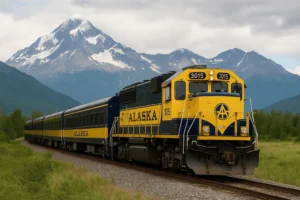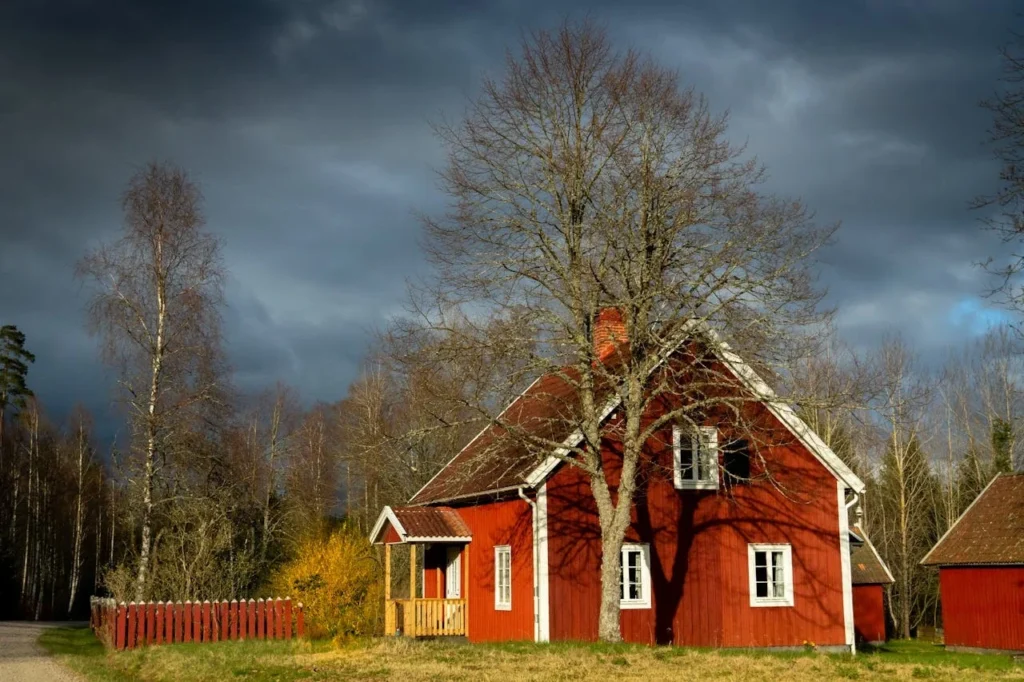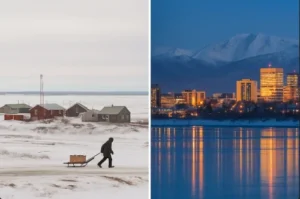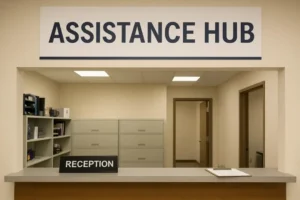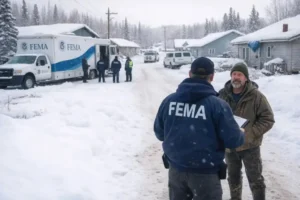Living off-grid in Alaska isn’t just a lifestyle, it’s a commitment to rugged self-reliance. As more people seek independence from modern infrastructure, Alaska remains one of the last frontiers where true off-grid living is possible. But in 2025, that dream comes with growing challenges.
🌨️ Climate Challenges
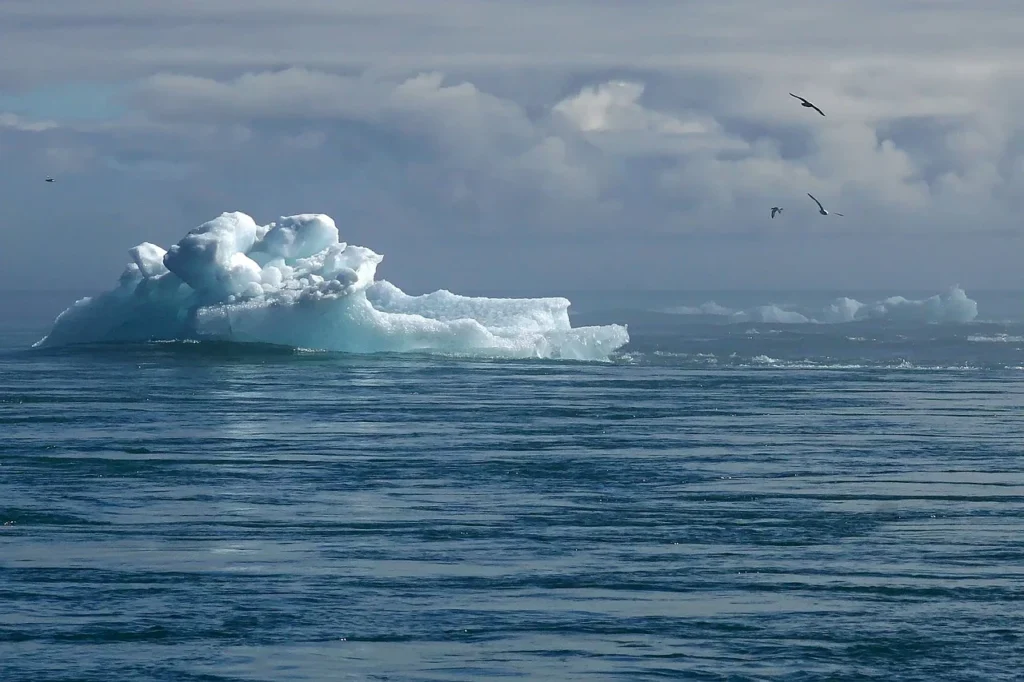
Harsh Winters and Extreme Cold
Winter temperatures in Alaska often plummet to -40°F (-40°C), especially in interior regions. This cold tests everything from the durability of your generator to your mental strength.
Managing Permafrost and Seasonal Shifts
Many homesteads sit on permafrost. With climate change accelerating, thawing ground can damage cabins, roads, and water systems.
Average Winter Temperatures in Alaska (°F) | 2024-2025
Region/Location | Average Temperature (°F) | Notes/Comments |
Anchorage | 20.5 | Slightly above normal |
Fairbanks | -2.3 | Near average |
Juneau | 31.0 | Warmer than average |
Barrow (Utqiaġvik) | -10.8 | Below average |
Nome | 5.2 | Near average |
Bethel | 7.8 | Above average |
Statewide Average | Warmer than the 1991-2020 baseline |
🚧 Accessibility and Transportation
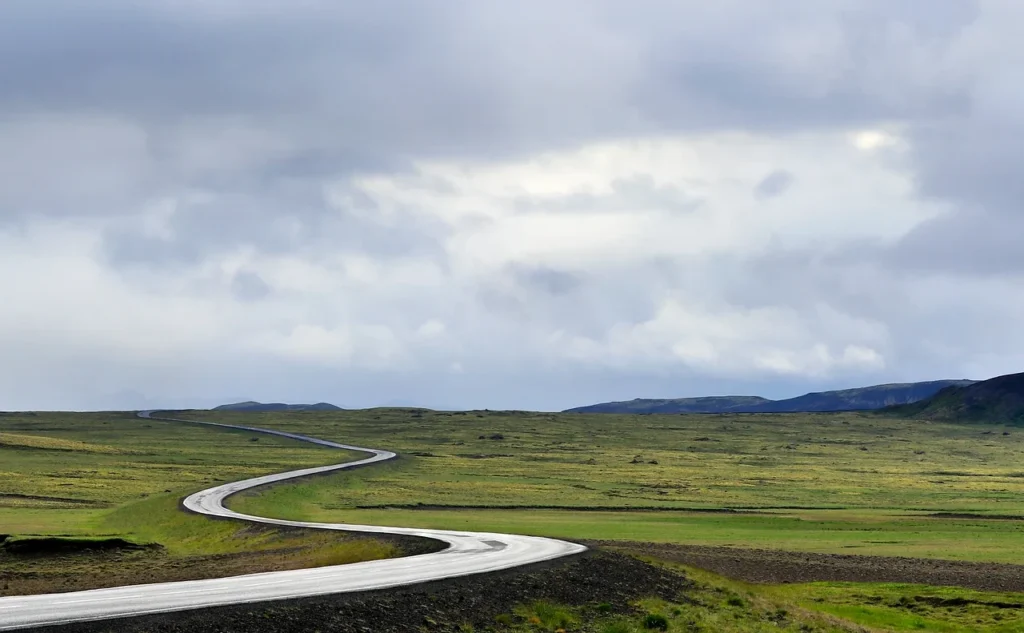
Road Inaccessibility and Limited Supplies
Many off-grid locations can’t be reached by road year-round. That means relying on snowmobiles, ATVs, or even bush planes to get supplies.
Snowmobiles, Bush Planes, and Barges
These transportation methods are costly and require maintenance.
Cost Comparison of Remote Travel (One-way)
Mode | Avg Cost | Notes |
Bush Plane | $400 | Per 100 miles |
Snowmobile | $10 | Per gallon of gas |
Barge (Summer) | $200+ | Freight only |
⚡ Power and Energy Limitations
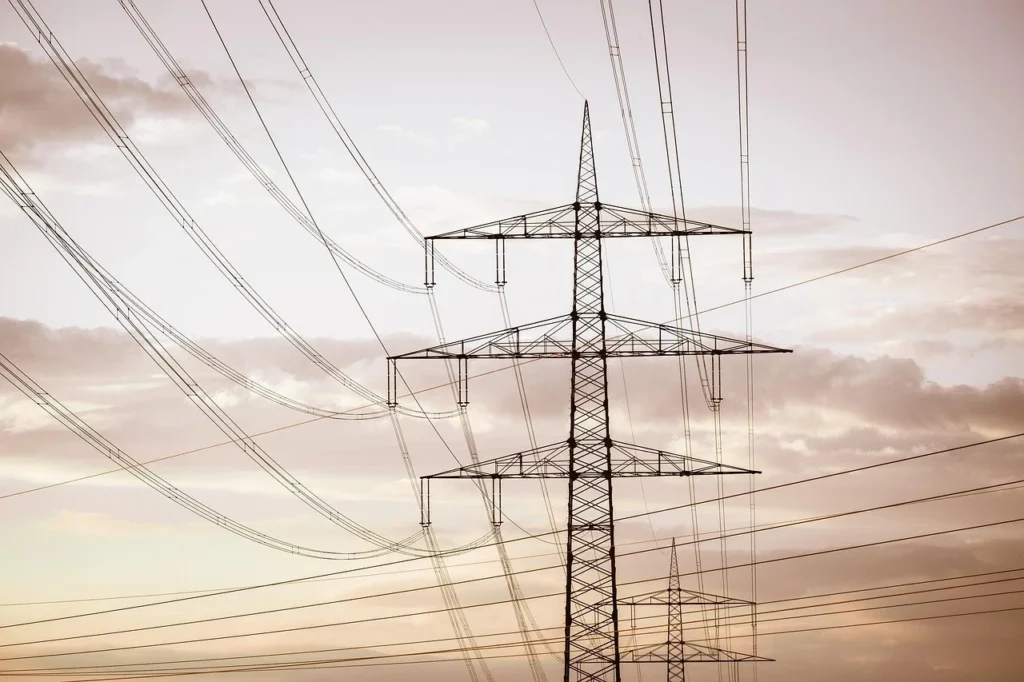
Solar Power in the Land of Darkness
In winter, Alaska gets as little as 1–2 hours of daylight in some areas. Solar panels become less effective, requiring backup systems.
Dependence on Generators and Fuel Storage
Most families use diesel generators, but storing fuel in freezing conditions adds complexity.
🚰 Water and Sanitation Issues
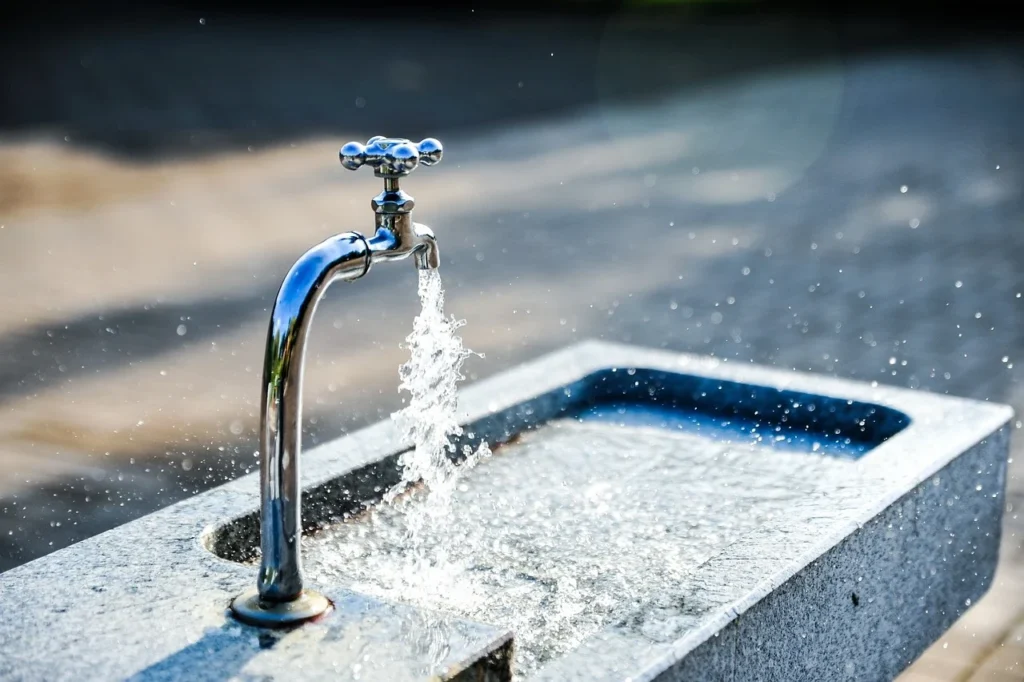
Frozen Pipes and DIY Plumbing Systems
Below-zero temperatures often freeze pipes unless they’re deeply buried or heated, which increases cost and labor.
Water Collection from Streams, Rain, and Snowmelt
Melting snow is labor-intensive and doesn’t always provide clean water. Rainwater collection is more efficient but limited in winter.
🥕 Food Self-Sufficiency Struggles

Short Growing Season
With a frost-free season of just 80-120 days, growing food requires creativity.
Greenhouses and Root Cellars
Many homesteaders now build geothermal greenhouses for year-round harvests.
Alaskan Planting Calendar (Interior Region)
Crop | Start Indoors | Transplant Outdoors |
Lettuce | Mar | May |
Potatoes | Apr | May |
Kale | Feb | Apr |
🐻 Wildlife and Safety Concerns
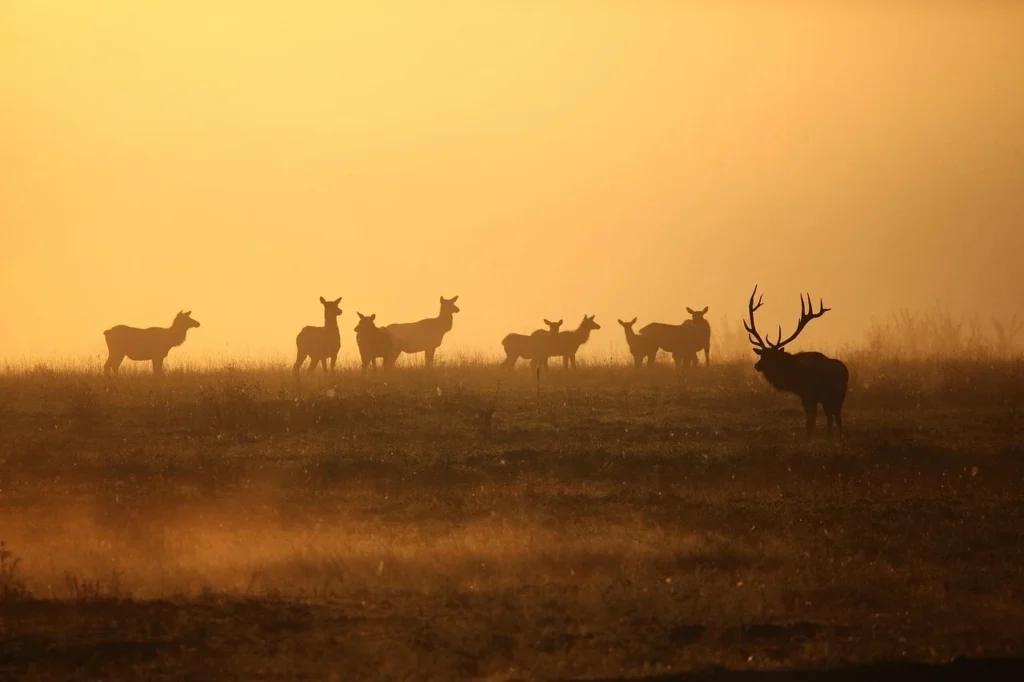
Bear Encounters and Predator Protection
Grizzly and black bears are common. Polar bears can also be seen in the state. Electric fences and bear-proof storage are critical.
Hunting and Fishing Laws
Licensing and seasonal restrictions require homesteaders to plan food reserves carefully.
🏡 Building and Housing Regulations
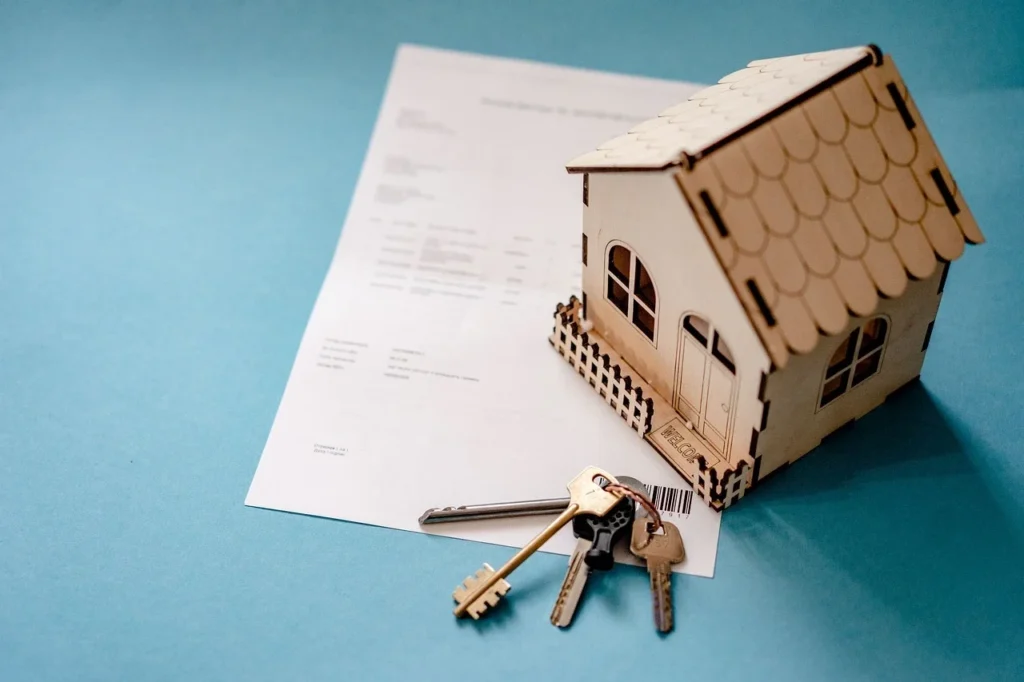
Remote Land Use Rules
While some areas are unregulated, others require permits and inspections even for cabins.
Insulation Standards and Cabin Building Costs
Well-insulated cabins with triple-pane windows are a must, driving up costs.
🧠 Mental and Social Isolation

Coping with Loneliness and Cabin Fever
Winter isolation can impact mental health. Strategies include hobbies, journaling, and regular radio chats.
Role of Ham Radios and Satellite Internet
More families are using Starlink for internet, allowing them to stay in touch and access telehealth.
📚 Education and Raising Kids Off-Grid
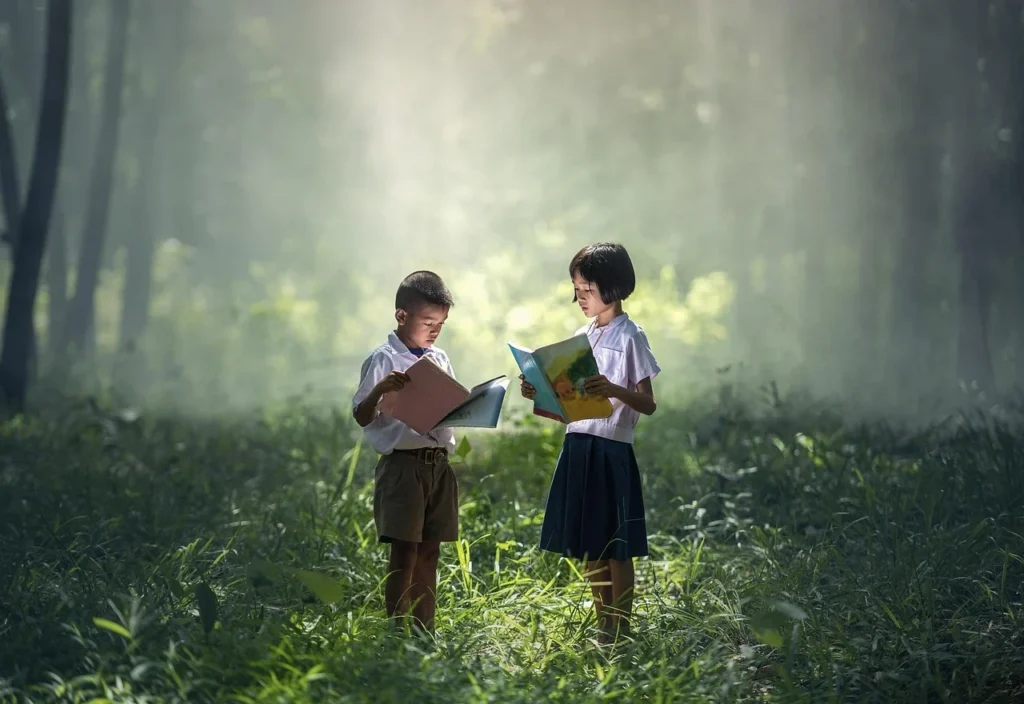
Homeschooling in Remote Areas
Parents must teach everything, from algebra to survival skills. Alaska allows flexible homeschooling laws.
Limited Access to Extracurricular Activities
From music to team sports, off-grid life limits such options unless communities collaborate.
🚑 Medical Emergencies and Health Access
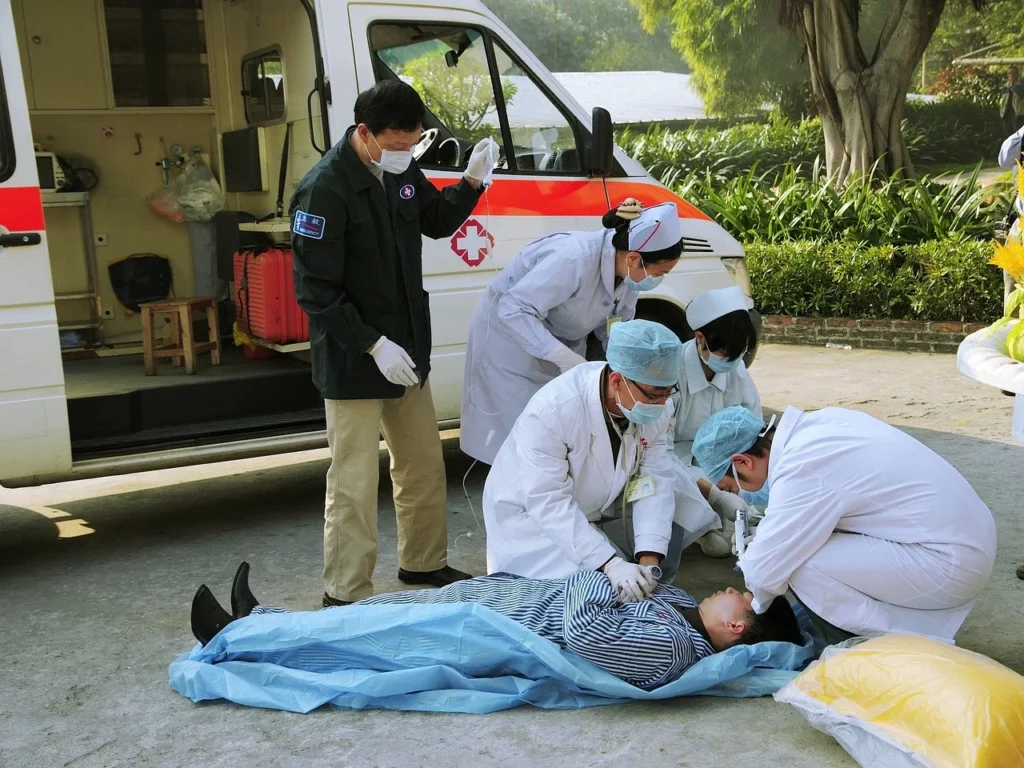
Lack of Nearby Clinics or Hospitals
In emergencies, time is critical. Some homesteaders use medical evacuation insurance.
Emergency Response Options
Helicopter evacuations can cost upwards of $10,000 without insurance.
💸 Financial and Legal Considerations
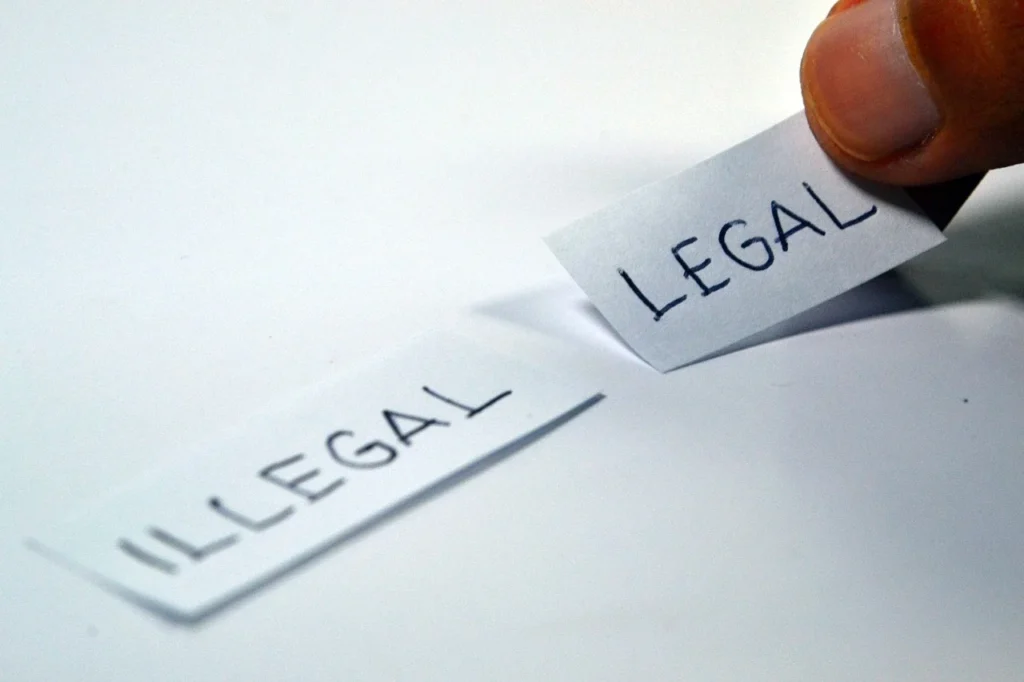
Cost of Setting Up an Off-Grid Homestead
Startup costs (land, power, cabin, water, food systems) can range from $80,000 to $200,000+.
Land Ownership, Permits, and Zoning Challenges
Each borough has different rules; researching local laws is vital before buying land.
📱 Technological Aid for Off-Grid Survival
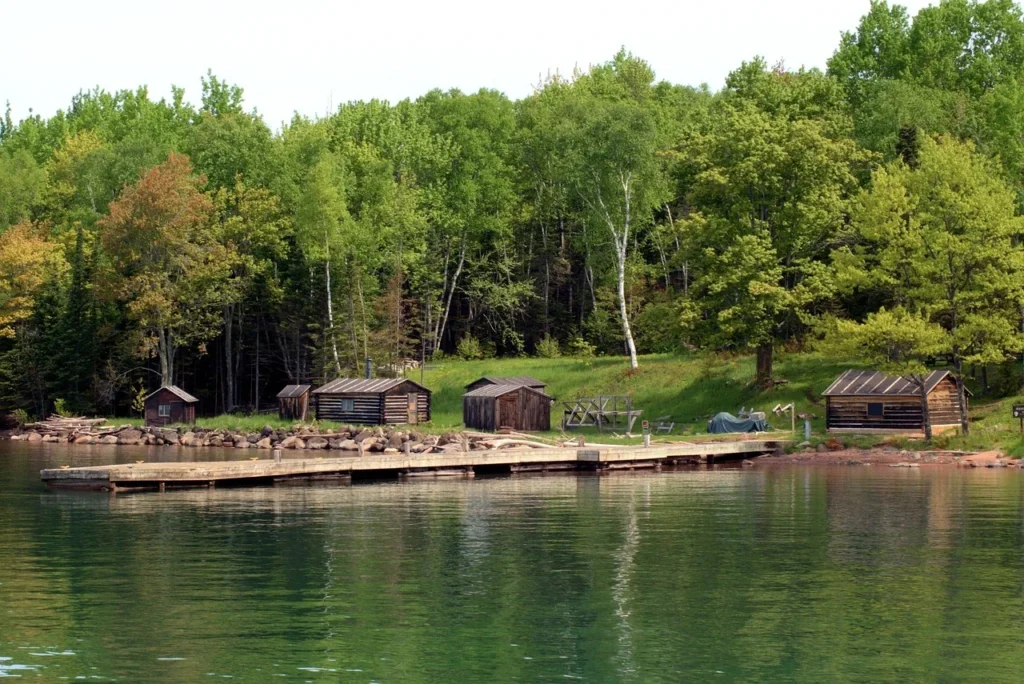
Smart Monitoring Tools
Remote sensors track temperature, energy usage, and even bear activity.
Off-Grid Communication Devices
Garmin InReach, Starlink, and CB radios are now common tools for survival.
🧑🌾 Real Stories from Alaskan Homesteaders
🛠️ Tips to Overcome These Challenges in 2025
- Invest in a four-season greenhouse
- Use lithium-ion batteries for longer winter performance
- Form co-ops with nearby homesteaders for sharing tools and supplies
- Build a community over ham radio or online forums
Conclusion
Off-grid homesteading in Alaska in 2025 isn’t for the faint-hearted. It’s for the resilient, the planners, and the brave souls who dream of a simpler, self-sufficient life. With climate and technology rapidly evolving, the key to thriving off-grid is adaptability and connection.
❓FAQs
Expect initial costs between $80,000–$200,000, depending on location and setup.
Yes. Most areas allow off-grid living, but always check zoning and land-use laws.
Starlink is currently the most popular choice due to its wide coverage and reliability.
They use root cellars, canning, drying, and in some cases, small-scale freezers powered by solar.
Most off-grid families homeschool, and Alaska has supportive laws for it.


